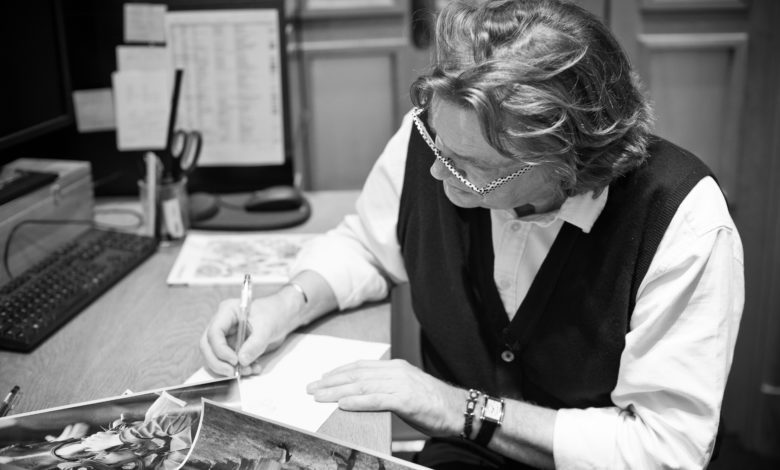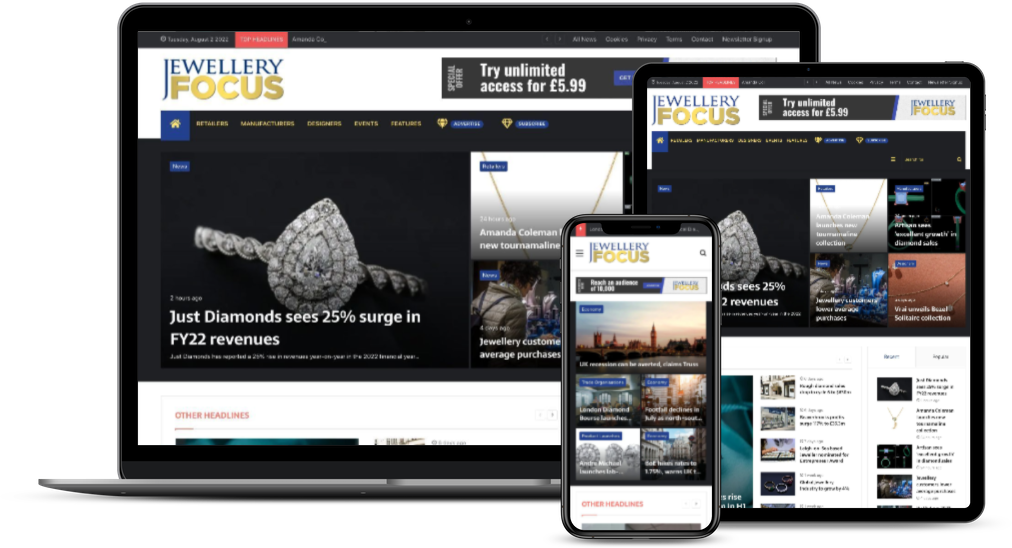
We caught up with London-based jewellery designer THEO FENNELL, whose flamboyant pieces caught the eye of one Elton John decades ago. Here, he ruminates on what it takes to be successful, and how the industry has changed.

Join 5,000 jewellery professionals with a membership
Get unlimited access and stay in the know. First-year special offer pricing. Cancel any time.
You'll need to subscribe to continue.

How many members should have access to the subscription?
Monthly
Yearly
Save £9.89
No, thanks
I already have an account

We caught up with London-based jewellery designer THEO FENNELL, whose flamboyant pieces caught the eye of one Elton John decades ago. Here, he ruminates on what it takes to be successful, and how the industry has changed.